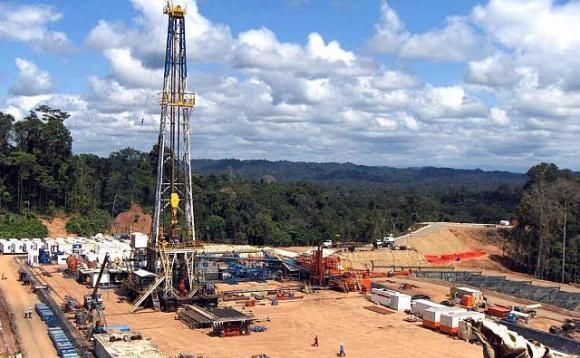Published: Volume 5, issue 41: Update to: Lasso could increase oil production by 22%, but not double it in 4 years
Oil production falls 6% in one year
The government’s objective is to increase national oil production by 8% by the end of the year. But instead, extraction has been falling.
Last July, the country pumped 491,000 barrels a day on average, 9,000 less than the figure with which the Government was inaugurated in May and almost 30,000 barrels below that of the same month of 2020.
This low level of production has not been seen since July 2010, without considering atypical months such as October 2019 (due to unemployment), or April 2020 (due to the rupture of the oil pipelines).
The reduction has a relevant impact because the Treasury depends on 30% of oil revenues. With these resources, not only the budget is financed, but fuels are purchased, resources are assigned to local governments and the same crude extraction operation is paid for.
Also concerning is that the country cannot take advantage of the good run in the price of oil, which has been recovering since January of this year, after a sharp fall in 2020 due to the crisis generated by the pandemic.
For example, last Monday the national production was 483,767 barrels, 17,233 barrels less than the average for May. With the current barrel price, which is at $70, Ecuador lost the possibility of having an additional $1.2 million in revenue that day alone.
The Minister of Energy, Juan Carlos Bermeo, has stated that by December of this year he expects to incorporate 40,000 new barrels per day to the operation. With this, he has said that he hopes to close December with 526,000 barrels per day.
The fall is mainly explained by the low production of the public company Petroecuador, which generates eight out of every 10 barrels that Ecuador extracts. The rest comes from private oil companies.
The state-owned company’s production fell 10% in the last year, in part because it has not been able to meet the entire plan to add new production.
Petroecuador reported these days that the drilling campaign was reactivated in the Yuralpa Field, located in Block 21, in Napo. The area will contribute 2,000 barrels of crude per day until the end of the year.
In addition, in August it incorporated a horizontal well in Auca with a projection of 1 000 barrels of extraction.
But the oil project that could actually have a significant impact on the sector’s figures—Ishpingo, one of the three areas that are part of the ITT block located in Yasuní— has been postponed.
The previous government planned to obtain the hydrocarbon from this area by the end of 2019, but due to the delay in the issuance of environmental licenses it was postponed to October 2020. Later, due to budget limitations and the pandemic, it was postponed to August 2021 and finally it was rescheduled to 2022.
The lack of investment, according to Miguel Robalino, an oil expert, is another factor. Petroecuador received last January a budget of $3.418 billion for 2021, but Finance cut that budget in February (at the time, Petroecuador said that this would not affect the operation).
Other factors that have affected the company are the mismanagement of the industry, the lack of new technologies and the indebtedness, problems that have dragged on for several years, said Robalino.
“The first planning of the Government should have been to sustain production, then recover what had been lost and as a third point, increase,” he added.
Another challenge for the company is to meet the delivery of crude oil through pre-sales and contracts with Asian firms.
If production drops further, you will only have ‘stock’ to meet those commitments and less possibilities of making sales through competitions, which leave you with better market prices than pre-sales.
“Since this government began, production has fallen: President Moreno left at 500,000 barrels and today it is at 484,000. By December, hopefully the 16,000 barrels that have been lost so far
President Guillermo Lasso offers to double production in four years. To do this, he issued Decree 95 on July 7th, which seeks, among other goals, to delegate the Petroecuador fields to private companies.


0 Comments